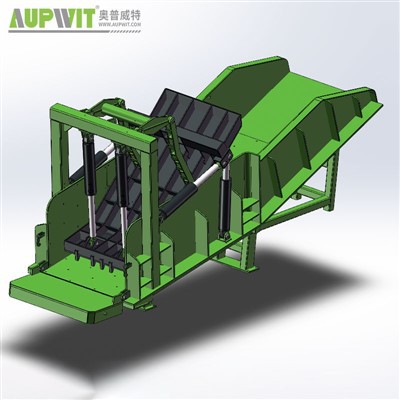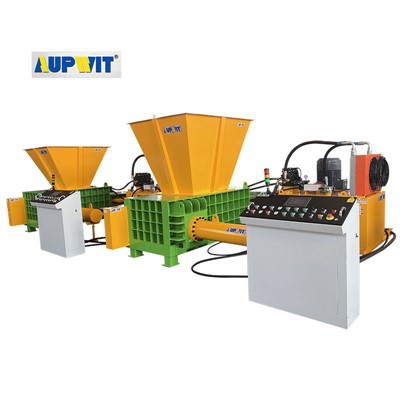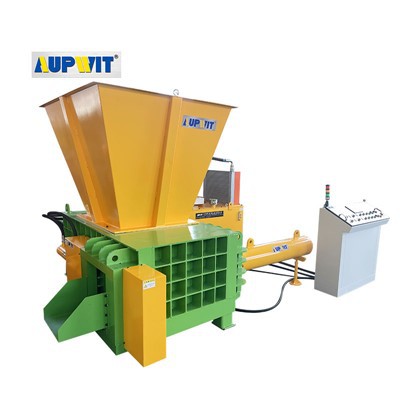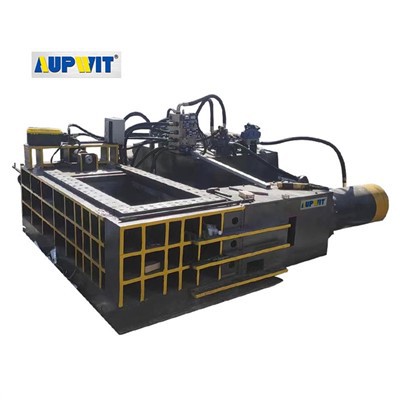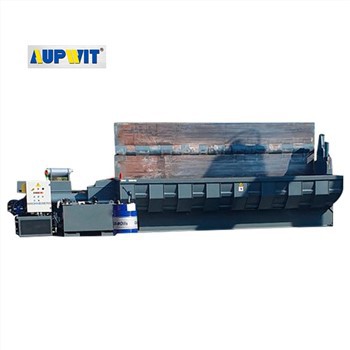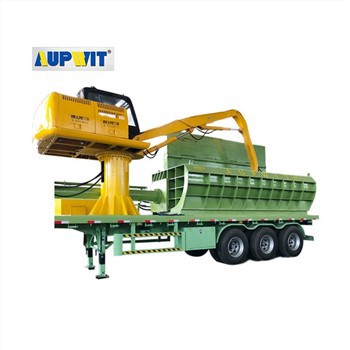Automatic vs Manual Baler Machines
Automatic Balers
- High-speed continuous operation
- Minimal human intervention required
- Consistent bale quality and density
- Integrated safety features
- Higher initial investment
Manual Balers
- Slower, labor-intensive process
- Requires multiple operators
- Variable bale quality
- More physical hazards
- Lower upfront cost
Efficiency Comparison
- Automatic: Can produce dozens of bales per hour with continuous operation
- Manual: Limited output due to human-powered operation and frequent pauses
Example: A busy recycling center with automatic balers can process 3-5x more material than manual operations in the same timeframe.
Labor Requirements
- Automatic: Single operator can monitor multiple machines
- Manual: Requires team of workers for feeding, compressing, and tying
Functional Differences
- Bale Quality: Automatic balers produce uniform bales ideal for storage/transport
- Safety: Automatic models feature emergency stops and protective enclosures
- Integration: Automatic balers can connect to conveyor systems for seamless operation
Key Considerations
- Choose automatic balers for high-volume operations where efficiency and consistency are priorities
- Consider manual balers only for low-volume applications or when budget constraints exist
- Factor in long-term labor savings when evaluating automatic baler costs
- Prioritize safety features regardless of baler type


